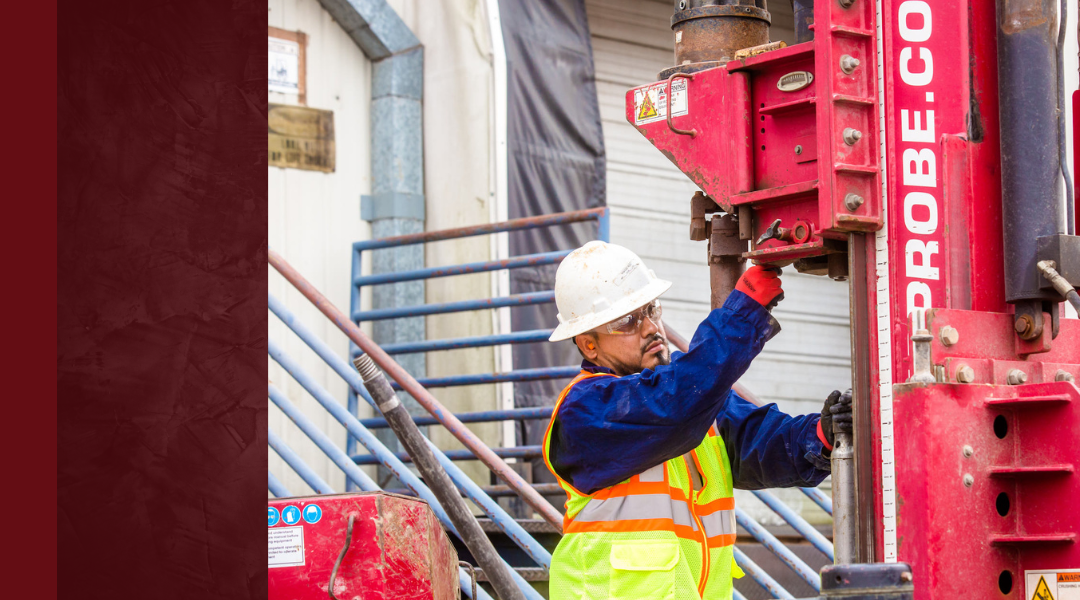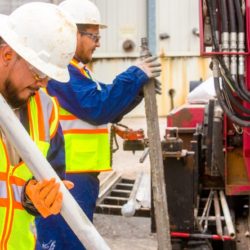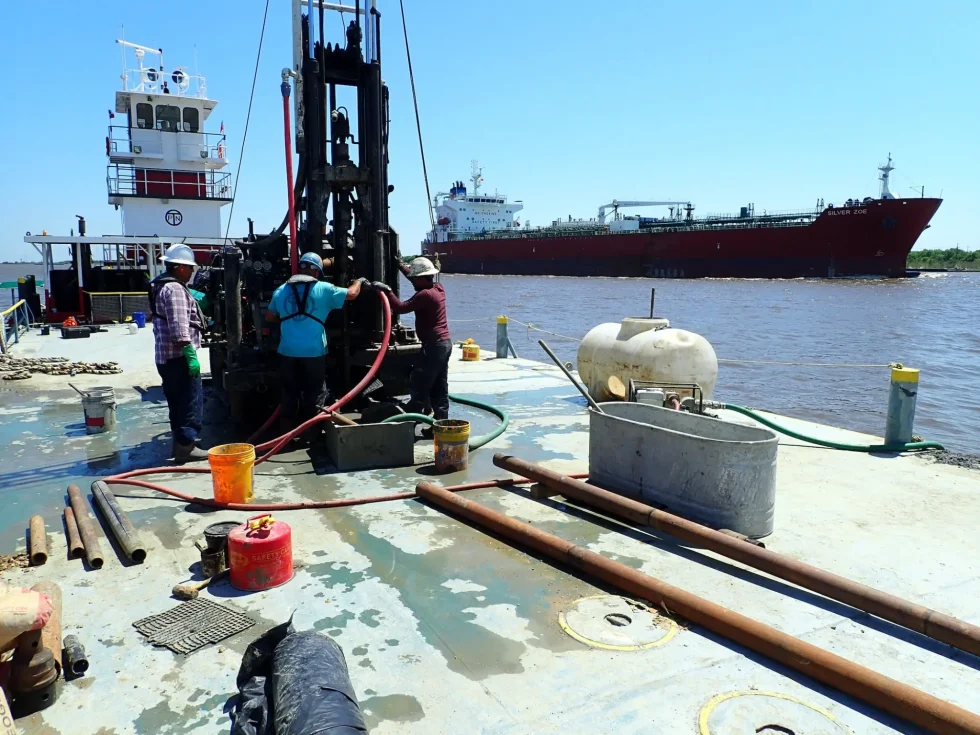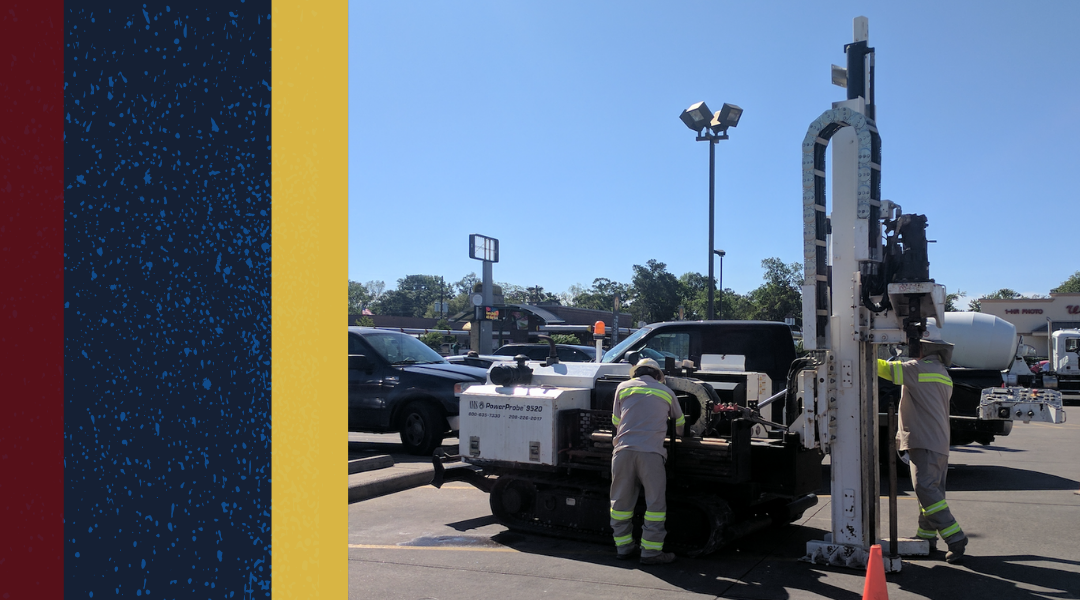
Types of Well Monitoring
When it comes to environmental drilling, monitoring groundwater is necessary for determining if contamination has occurred or for measuring groundwater levels in a certain area. It is crucial for both business concerns as well as public health reasons. This type of monitoring is done for private, government, and industrial groups. Monitoring well installations need to be installed by professionals to meet legal and regulatory standards.
Deciding on a type of monitoring well depends on many factors. Here are 3 types seen most often and what each type is used for:
Drills and Rigs
When boring the holes for the well installations, the choice of drills and rigs will depend on the subsurface formations and any contaminants in the way.- Manual Auguring – Shallow installations can actually be done by hand using a manual auger. Whether driven completely by hand or using a motorized auger, this method is only suitable when a single well is being dug at a very shallow level. For most commercial or government installation, this is not an acceptable method.
- Hollow Stem Auger Drilling – Sometimes, samples need to be taken as the rig drills the hole. Using a hollow stem auger makes this happen. The samples can come from the material in the hollow stem. Once all samples are taken, the well can be completed for monitoring purposes.
- Direct Push – The drilling rig pushes steel boring rods into the soil. This method is best used for taking samples, but is also acceptable for drilling a well with small diameter walls.
- Mud Rotary – When installing groundwater monitoring wells, mud rotary is a great option. Not only is it one of the fastest techniques, but it also lets you obtain the best digging rates in hard, difficult geological formations.
- Air Rotary Drilling – When there is a need to go further into the ground, air rotary drilling is a good option. This technology uses compressed air to drive the drill into the ground. It also uses air to pull debris and contaminants out of the well. This type of drilling provides a clean bore.
Deciding on a type of monitoring well depends on many factors. Here are 3 types seen most often and what each type is used for:
- Groundwater monitoring well – This type of well is installed in an aquifer at a certain depth. These wells are used to collect water samples to determine if the groundwater is contaminated.
- Shallow piezometers – This type of well is good for measuring water pressure at a given depth as well as taking water samples. The well has a solid pipe construction that does not allow water penetration from the sides. Water only enters from the bottom of the pipe and this allows for reading pressures at the bottom of the well.
- Water-table wells – This type of well goes down into the water table and measures where the top is at this particular location. Water can enter all along the pipe and where it settles is the water table level.
Contact Us
The process of installing a monitoring well can be extremely confusing. Let the professionals at Envirotech help you. We would be happy to answer any questions you might have. You can get in touch with us by filling out the contact form on our website.
WELL MONITORING
When boring the holes for the well installations, the choice of drills and rigs will depend on the subsurface formations and any contaminants in the way.








